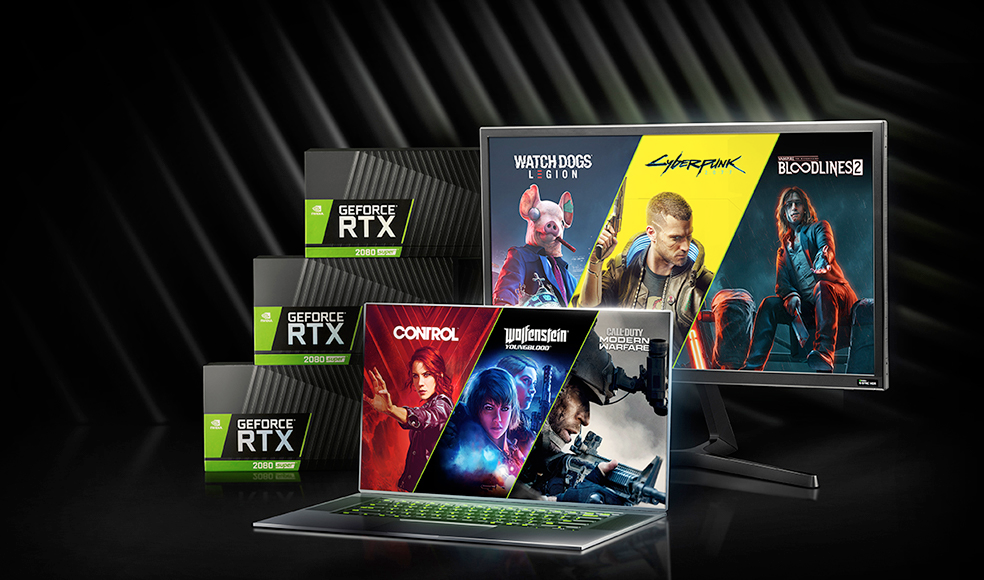
In its quarterly earnings call on August 15, GPU manufacturer Nvidia reported earnings of $2.58 billion, edging out analysts’ projection of $2.55 billion. Executive VP and CFO Colette Kress praised the company’s line of RTX graphics cards and gaming laptops as key drivers for success in Nvidia’s gaming business.
“We are pleased with the strong sequential growth in the quarter when we launched our RTX SUPER lineup for desktop gamers, wrapped up our greatest ever number of gaming laptops, and launched our new RTX studio laptops for creators,” Kress said.
While Nvidia’s Q2 fiscal 2020 revenue was down 17% when compared to the same period last year, the results rose 16% over Q1. For gaming specifically, Nvidia reported $1.31B in revenue, down 27% year over year and up 24% respectively.
Aside from the demand for RTX SUPER graphics cards and high-end gaming laptops, the demand for real-time ray tracing in current-gen and next-gen games helped propel Nvidia’s results. As GameDaily’s Joseph Knoop reported from GDC earlier this year, “Ray tracing is built to better simulate the physical properties of light, calculating the color of individual pixels by tracing the path that light would take if it traveled from the POV of a viewer through a 3D scene.” The technology will be supported by a number of highly anticipated titles, such as Call of Duty: Modern Warfare and Cyberpunk 2077, and was recently integrated into the Unreal and Unity engines.
“I expect that ray tracing is going to drive a reinvigoration of gaming graphics,” President and CEO Jen-Hsun Huang added. She also noted that with its RTX-driven laptops, Nvidia planned to add growth to an underserved market. “The number of notebooks that are able to game is only a few percent, so it’s extremely underexposed.”
Many gamers associate Nvidia with high-end gaming rigs, but the company does make console components as well. In response to a question about Nintendo’s Switch on the call, Kress stated, “The overall console business definitely is a seasonal business. We usually expect to see production ramping in Q2 and in Q3, with it coming down likely in Q4. So you should see Switch to be a portion, definitely, of our gaming business in Q3.” With a new generation of Microsoft and Sony consoles on the horizon, we may be hearing more about Nvidia’s efforts in that space within the next few months.
 GameDaily.biz © 2025 | All Rights Reserved.
GameDaily.biz © 2025 | All Rights Reserved.